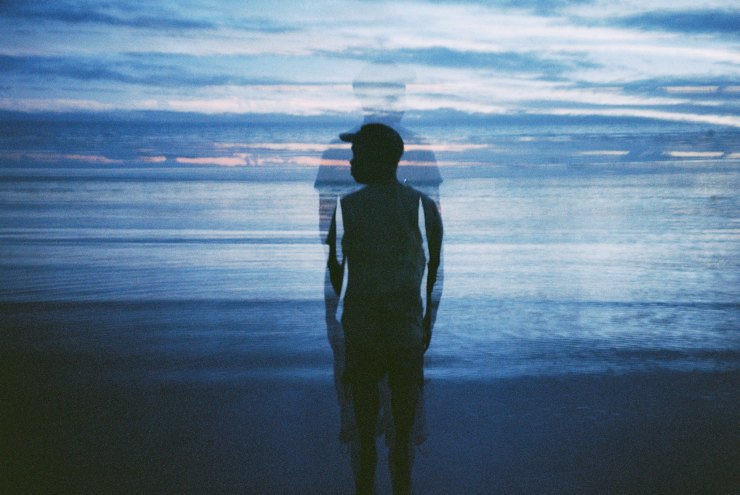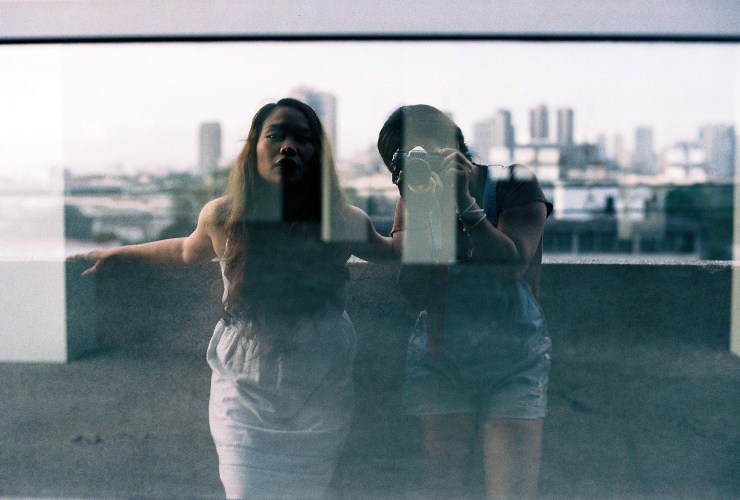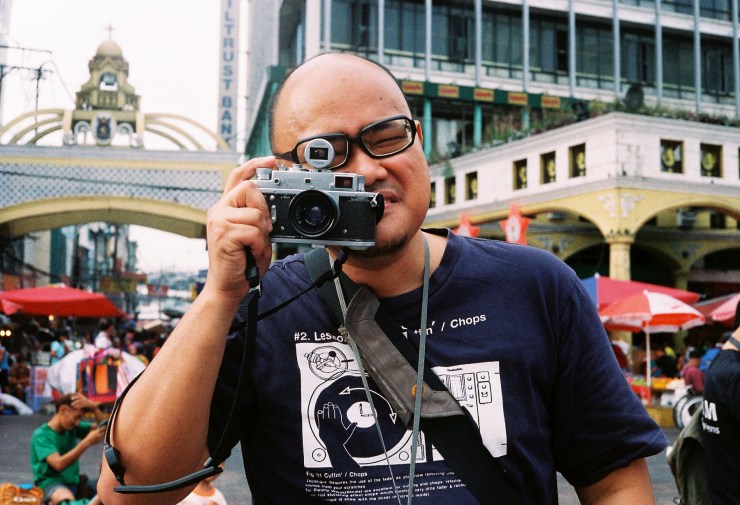In my recent years of shooting film for my personal projects, people are asking me more about the “how” than the “why.” This is really interesting and exciting for me since a good number of these curious people have never even touched a film camera or a roll of film before.
Sounds like you or someone you know who is curious about film photography? Allow me to help you get started with some suggestions on the first five items that should be on your checklist.
Before I begin, let me also note that these suggestions are meant to help with two important things: 1. Finding out if film photography is something you really want to do despite the limitations and; and 2. Get the right cameras and films to get you started. I believe that once you have these five items ticked off on your checklist, you’ll be able to have a more smooth-sailing film photography journey.
Now, on to the quick list!

Decide on the type of film camera you want to get
I see a lot of young photographers who, upon seeing an Instagram a photo taken on film, ask about the camera used to shoot it and buy it on eBay straight away. Then, only when they begin figuring out how to shoot with it do they find out that it’s not the right camera or film format for them.
This scenario can be easily avoided by doing thorough research about any camera that catches your interest. Write down details like:
- Do you want to start with a point-and-shoot camera first so don’t need to worry much about camera settings?
- Are you comfortable with the learning curve of a full-manual, vintage SLR camera?
- Does a rangefinder camera sound more interesting to you as a street photographer?
- Is medium format interesting to you but the cameras are too big and bulky to your liking?
Then, you can work out the more technical details and features next. These include format (choose between 35mm and medium format, for starters), Aperture Priority mode, automatic film rewind, double exposure mode, metering and lens mount. Also, it might help you narrow down your choices if you examine these features against the kind of photography you want to do.
Where do you get a film camera in good working condition?
This is definitely one of the most important things to address. Depending on your location, you may have some luck if you check out your local thrift store or secondhand camera shops. If you do decide to visit a physical store, remember to bring some AA, CR2 and CR123A batteries with you in case they don’t have them there for testing.
You also have the option to check out eBay and other online listings for vintage cameras for sale. Your local film photography community — online or otherwise — can also help you with camera recommendations and score some deals.
I can’t stress this enough: Ask around for advice on how to check if a camera you want to buy is working properly. This will save you the hassle of refunds, returns and possibly even repairs. Again, online film photography groups will be of great help with this.

Decide which film stocks to get started with
Once you’ve decided on the film format and which camera to get, it’s time to grab some films. I suggest starting with the cheapest and most accessible color negative and black and white films to you.
You’re just starting out, and I guarantee that you’ll have a lot of misses, especially if you’re brave enough to shoot with a full manual SLR camera. You might also want to run a test roll in your new camera before shooting an important project or event. Premium films like Kodak Portra 400 or Ektar 100 or professional slide films like Kodak Ektachrome E100 just won’t be cost-effective choices at this point.
That said, you may have some cheap Agfa, Kodak and Fujifilm color negative films available to you. They come in ISO 100-400 variants, so you’ll have to decide which ones to get depending on what and where you plan to shoot. I suggest getting a good mix of low and high ISO films so you have the option to shoot both indoors and outdoors.
Also, check out online listings for expired films. They’re cheap and typically still work great, especially if they’re just 5-10 years expired. You might also want to experiment with even older films if you’re after the grainy, nostalgic look that’s all the rage in the last decade or so. But, manage your expectations!
Is there a film lab near you?
I find this to be a deal breaker for many people who want to try getting into film photography. Of course, after shooting your first few rolls, you have to take them — or send them out — to a film lab that will process and scan your films. Sure, you can also do these yourself, but realistically, not when you’re just starting out. If you have a local film lab, there’s a great chance that you’ll keep shooting because it’s easy and convenient to get your films sorted out.
However, if there are no film labs in your area, you’ll have to send your films out somewhere else. This is where the deal breaker I was talking about comes in. Depending on your location and where you’re sending your films, this may be more expensive than you’re willing to pay as a beginner.
Again, do some research and ask around for recommendations that will best fit your budget.

Join a film photography community
Given that much of the world turns to online communities for advice, inspiration and information, I think you’ll be inclined to join one or two, to start with. It will help you greatly with your research and the occasional troubleshooting. It can also be a great opportunity to share your progress once you’re more comfortable with your shots.
Facebook and Flickr are among the best-known platforms for photography communities, so they are easily accessible. A quick search will give you plenty of film photography communities to join, some even devoted to specific cameras and films. Feel free to be selective!
In case you don’t want to join for any reason, there are still plenty of resources out there for you. Blogs, online magazines, Instagram accounts and YouTube channels dedicated to film photography may be enough to fill your needs if you’re not comfortable joining a community, for now, or otherwise.
Got a film photography question for me? Go ahead and drop it in the comments below!
Tell your story with the second annual Visual Storytelling Conference!
Experience four days of interactive, online training sessions featuring a range of educational content with experienced photographers and content creators. This free event kicks off with a series of technical boot camps to build essential skills, followed by live, online sessions on photography, video, business and social media. Join live from March 10-13, 2022!
